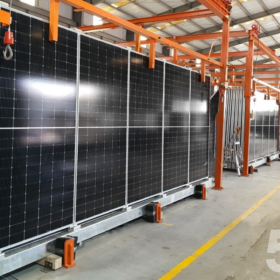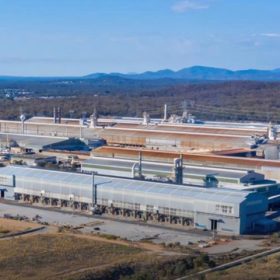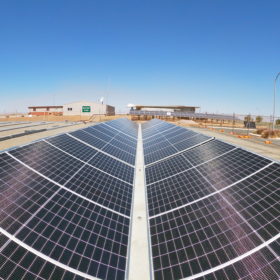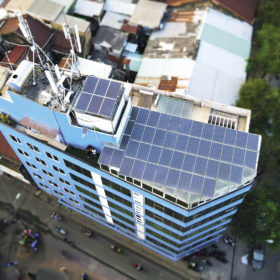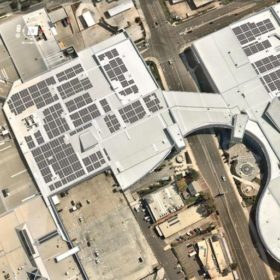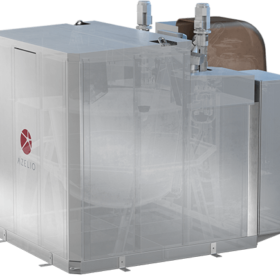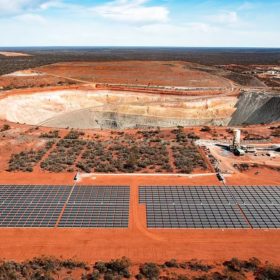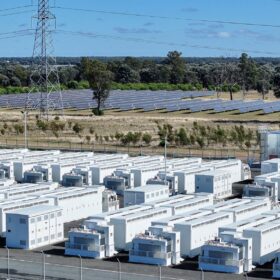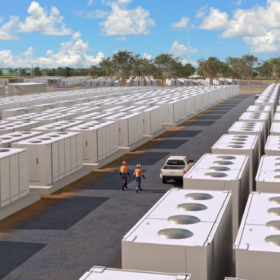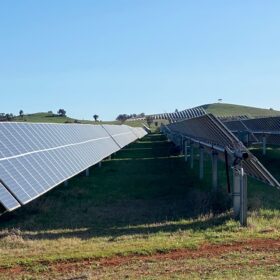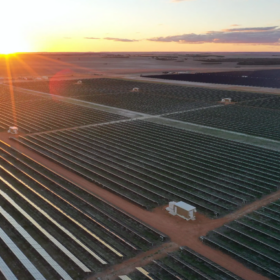Monetising the power to switch off: Australia’s new demand-response market opened today!
Over recent years, the energy industry has been working hard to provide the structure and a regulatory framework for a market that recognises the value of coordinated demand response. Today marked the second wave — after the opening of the FCAS market in 2017 — of opportunity for organisations to trade their flexible electricity loads on the wholesale electricity market. The resulting efficiency gains are an important piece of the energy transition puzzle.
5B backs bigger is better with new generation of modular solar solution
Sydney-based prefabricated solar array manufacturer 5B has taken the wraps off a new generation of its re-deployable modular Maverick solar technology which it says is not only quicker and easier to install than the previous model but 30% more powerful.
Large-scale renewable uptake to help Rio Tinto’s brand rebuild
Mining giant Rio Tinto has been on the back-foot since its destruction of 46,000-year-old sacred indigenous sites last year, costing one chief executive his job and one country a timeless piece of its cultural heritage. Along with the impacts of Covid-19 and stock price decline, the company is seeking to rebuild its brand with improved emissions reduction targets, which will see multi-gigawatt solar and wind installations.
The changing landscape of the modular marketplace
The modular solar marketplace is growing, especially in Australia where remote mining and agricultural sites appreciate the benefits of compact, moveable solar. One new entrant is Western Australia’s CDI Energy with its “Rapid Solar Module”, which CDI founder and CEO Darryl Bower told pv magazine is up to 30% cheaper than fixed axis alternatives.
Victoria invites consultation on how to make renewable energy more accessible to C&I users
Renewable generation is now the cheapest source of electricity, but for many C&I users accessing green energy is a complex proposition. The Victorian Government wants to retain and attract more businesses, build more renewable energy, create more jobs — is a market facilitation platform the next piece of the puzzle?
Saturday read: Powerful equation to expand C&I
Big rooftop PV systems on factories, warehouses and public buildings need not be limited by ownership issues nor local grid capacity, claims Australian innovator EleXsys Energy. The company is maxing out an Ikea in Adelaide, Australia, with solar and storage. And it claims its smart technology can allow the same to be done elsewhere.
EDF Renewables invests in Vietnamese PV rooftop market
The French energy group has invested an undisclosed sum in Vietnam’s SkyX Energy. The goal is to install 200 MWp of C&I PV rooftop capacity in the country.
CEP.Energy teams with Enerven to accelerate solar+storage strategy
Green energy fund CEP.Energy is forging ahead with plans to establish itself as a renewable powerhouse, appointing Adelaide-headquartered contractor Enerven to provide engineering, procurement and construction services as it looks to accelerate its ambition to build 1.5 GW of solar and 2 GW of big battery capacity around Australia.
Electro-thermal storage system for commercial applications launched
Developed by Swedish manufacturer Azelio, the system stores renewable energy in recycled aluminium and has an electrical and thermal energy output, with a total efficiency of 90 %. One unit’s storage capacity reaches 165 kWh of electrical output and on top of that thermal energy between 55-65 degrees Celsius. Its modular configuration allows the deployment of projects with a capacity of up to 100 MW.
Australian miner triples solar capacity at WA operation
Australian miner Northern Star Resources has partnered with independent power provider Nomadic Energy to more than triple the capacity of the solar farm at its Carosue Dam gold mining operation near Kalgoorlie in Western Australia.

